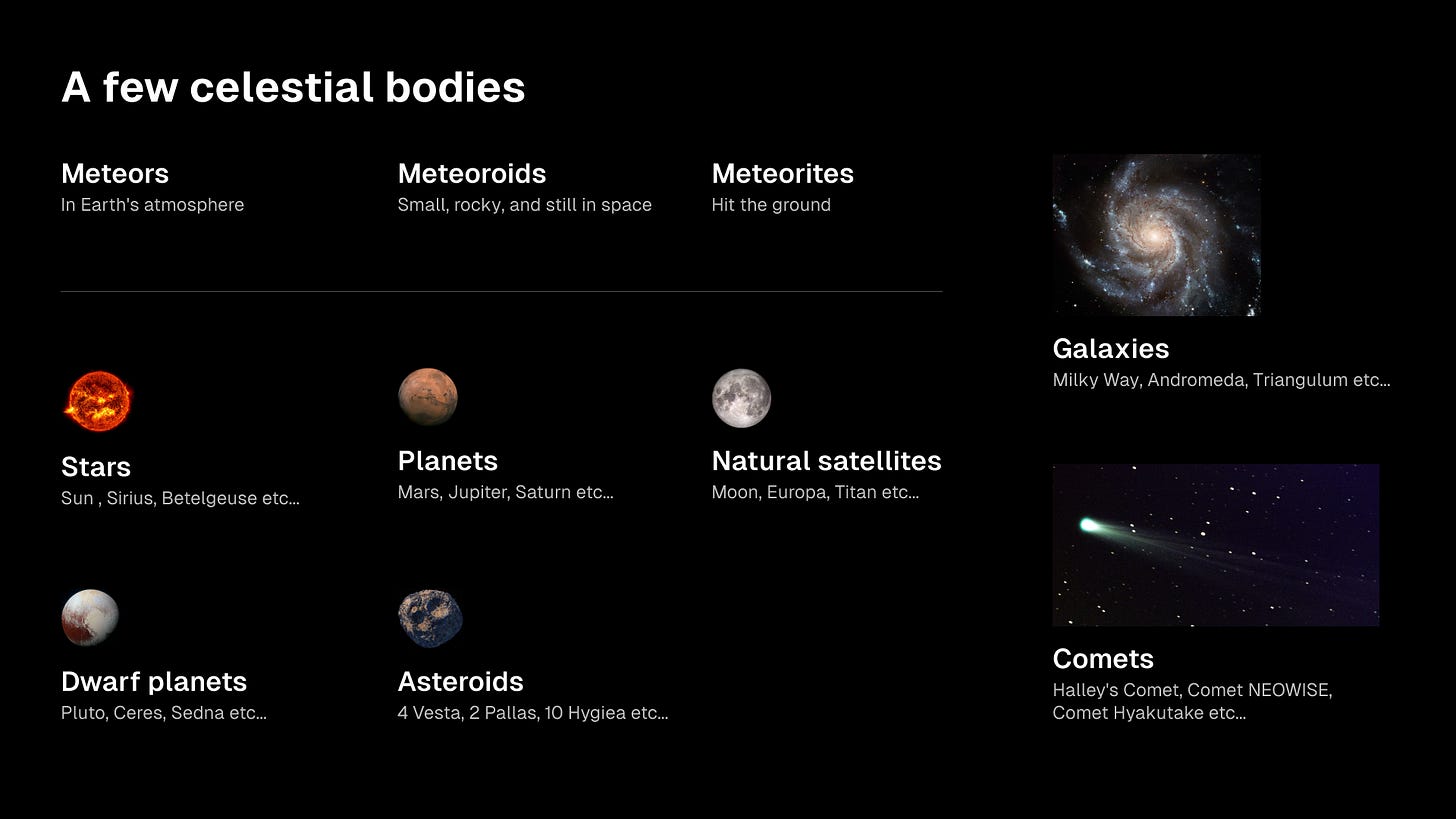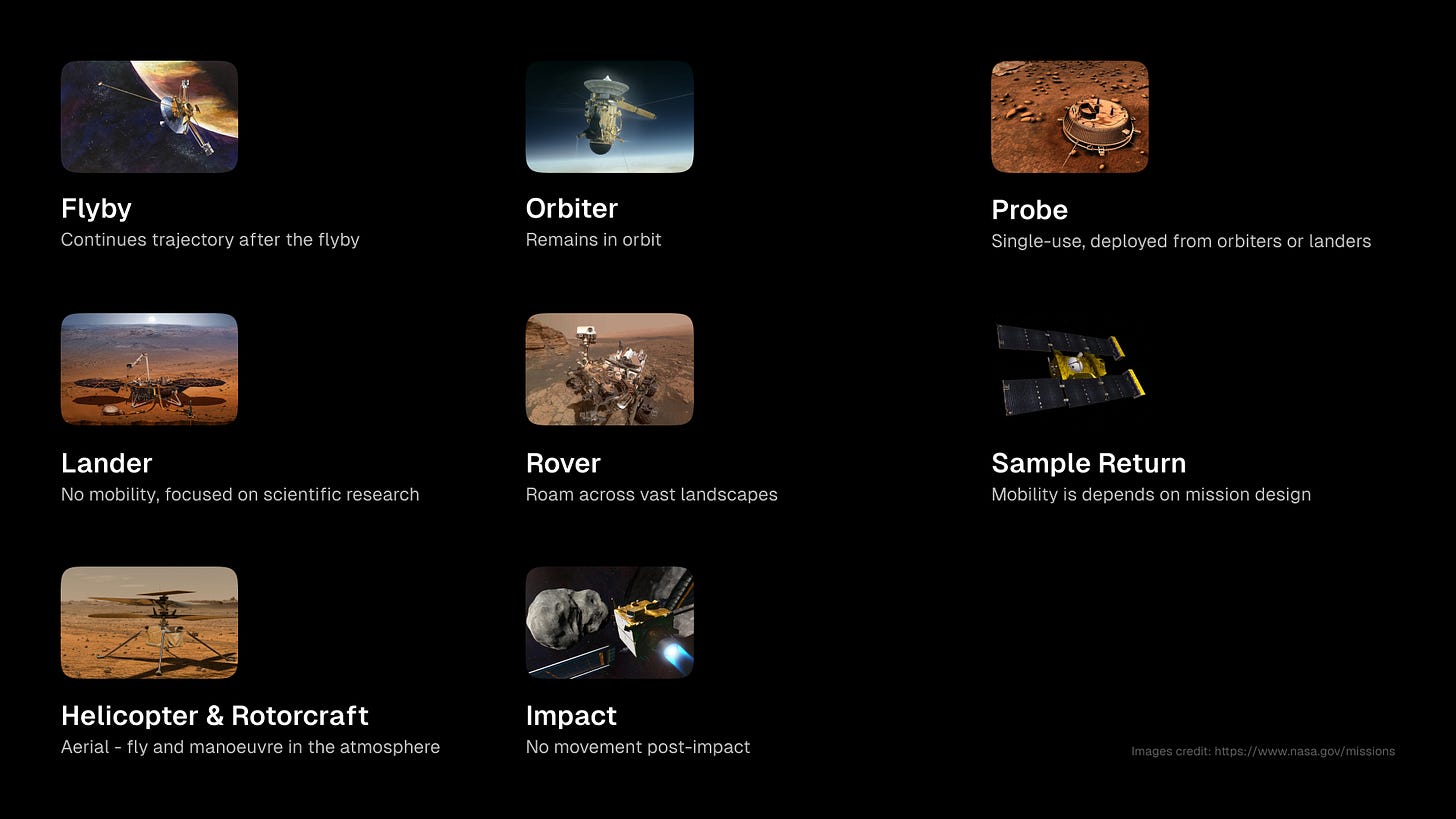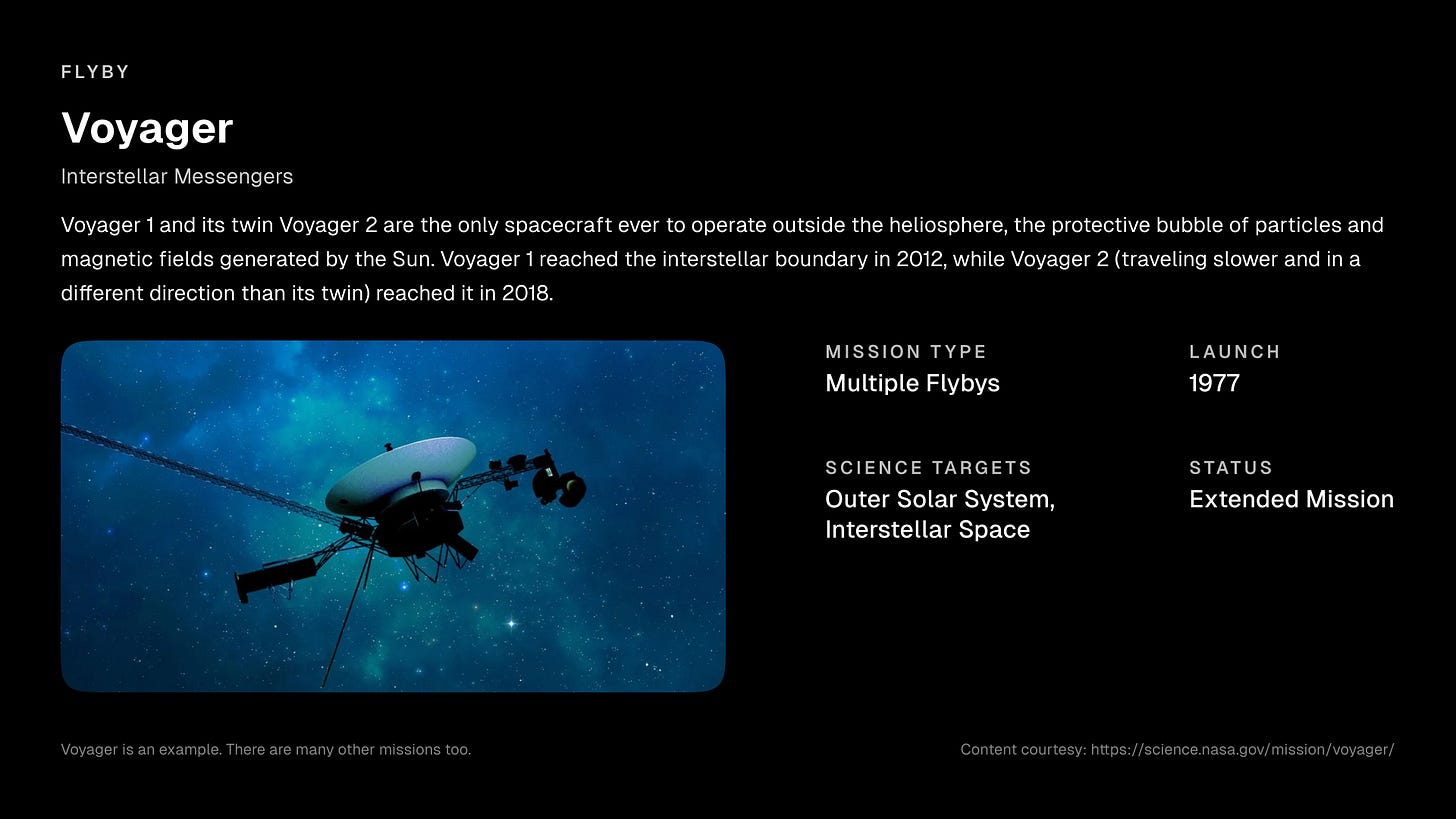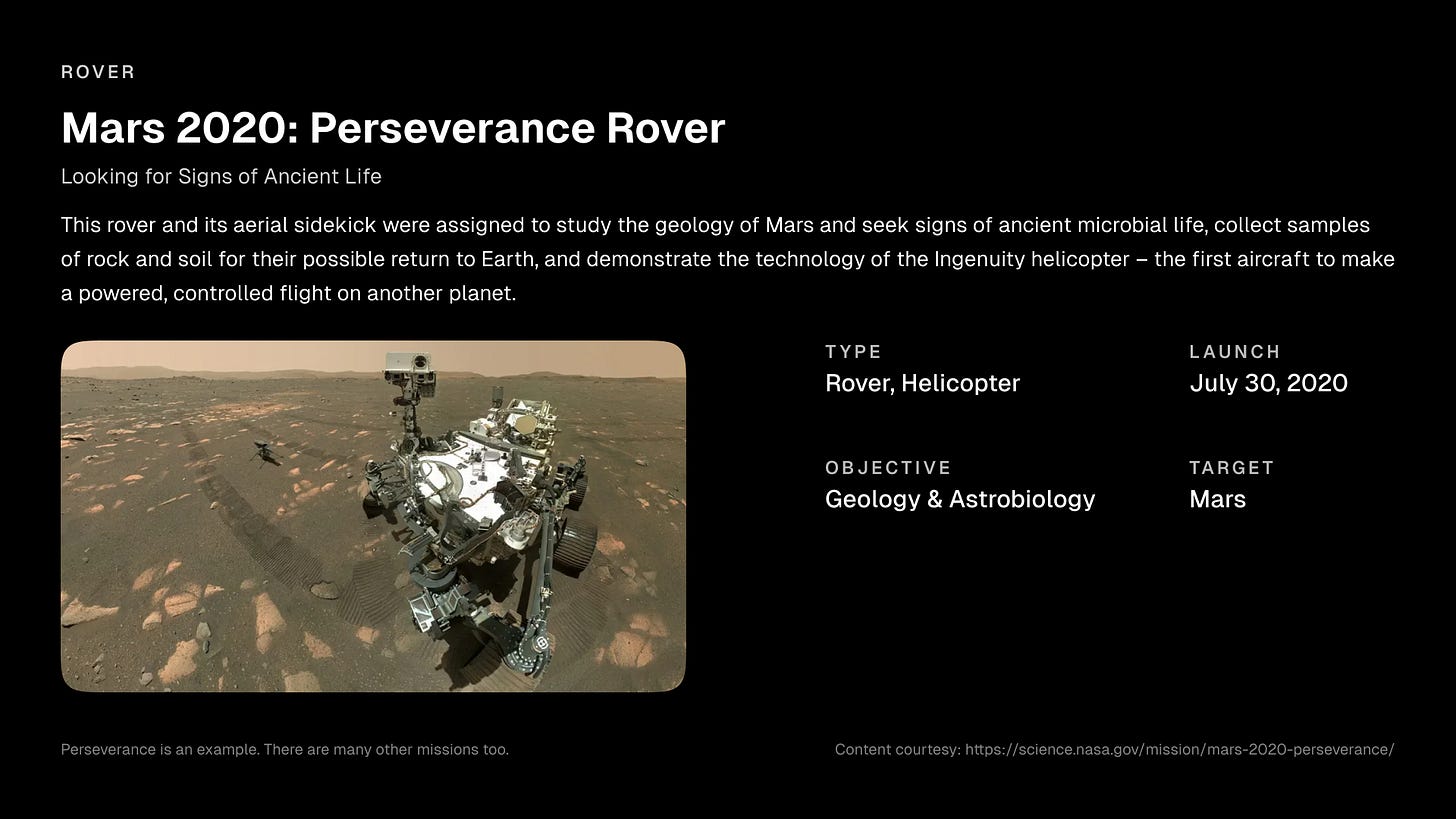This content was created using information from various sources, including NASA, Wikipedia, and space.com, and was fact checked and refined using AI tools. Every effort was made to present accurate and concise information.
Have you ever gazed at the stars and wondered what lies beyond?
The universe is vast and mysterious. Full of wonders waiting to be discovered!
The James Webb Space Telescope's recent release of images showcasing 19 nearby spiral galaxies is just another reminder of how much there is to explore out there.
Now, let's talk spacecraft!
These incredible vehicles have allowed us to explore the depths of space and uncover the secrets of celestial bodies like never before.
Some, like Voyager 1 and 2, have ventured beyond our solar system and into interstellar space! While Pioneer 10 and 11 were also launched towards interstellar space, they haven't been confirmed to have reached that destination.
The information provided is based on the functions, goals, designs, and mobility of various types of spacecraft used in the exploration of celestial bodies, including Mars and the Moon.
There are currently eight types of spacecraft used to explore celestial bodies: Flyby, Orbiter, Probe, Lander, Rover, Sample Return, Helicopter & Rotorcraft, and Impact.
Now let's explore each of these cosmic marvels, one by one.
Flyby
Flyby missions involve spacecraft passing close to celestial bodies to conduct brief observations and data collection. Equipped with scientific instruments, the spacecraft captures images and data during the encounter, which can last from hours to days. After the flyby, the spacecraft continues on its trajectory, sometimes using the body's gravity to slingshot towards its next destination. Flyby missions allow for exploration of multiple targets in one mission.
Orbiter
Orbiters are spacecraft designed to orbit celestial bodies, providing a long-term view of their atmosphere, surface, and environment. Equipped with scientific instruments and communication systems, orbiters relay data and images back to Earth. Unlike flyby missions, orbiters remain in orbit, allowing for in-depth study and monitoring of changes over time. Orbiters provide valuable insights into the celestial bodies they orbit.
Probe
Probes are spacecraft designed to study the atmosphere and surface of celestial bodies. Equipped with scientific instruments and sensors, they collect data on the body's composition, temperature, and other properties. Probes are often deployed from orbiters or landers and are usually single-use, as they often descend deep into the atmosphere or impact the surface. Despite their limited lifespan, probes provide valuable data that helps scientists understand the celestial bodies they study.
Lander
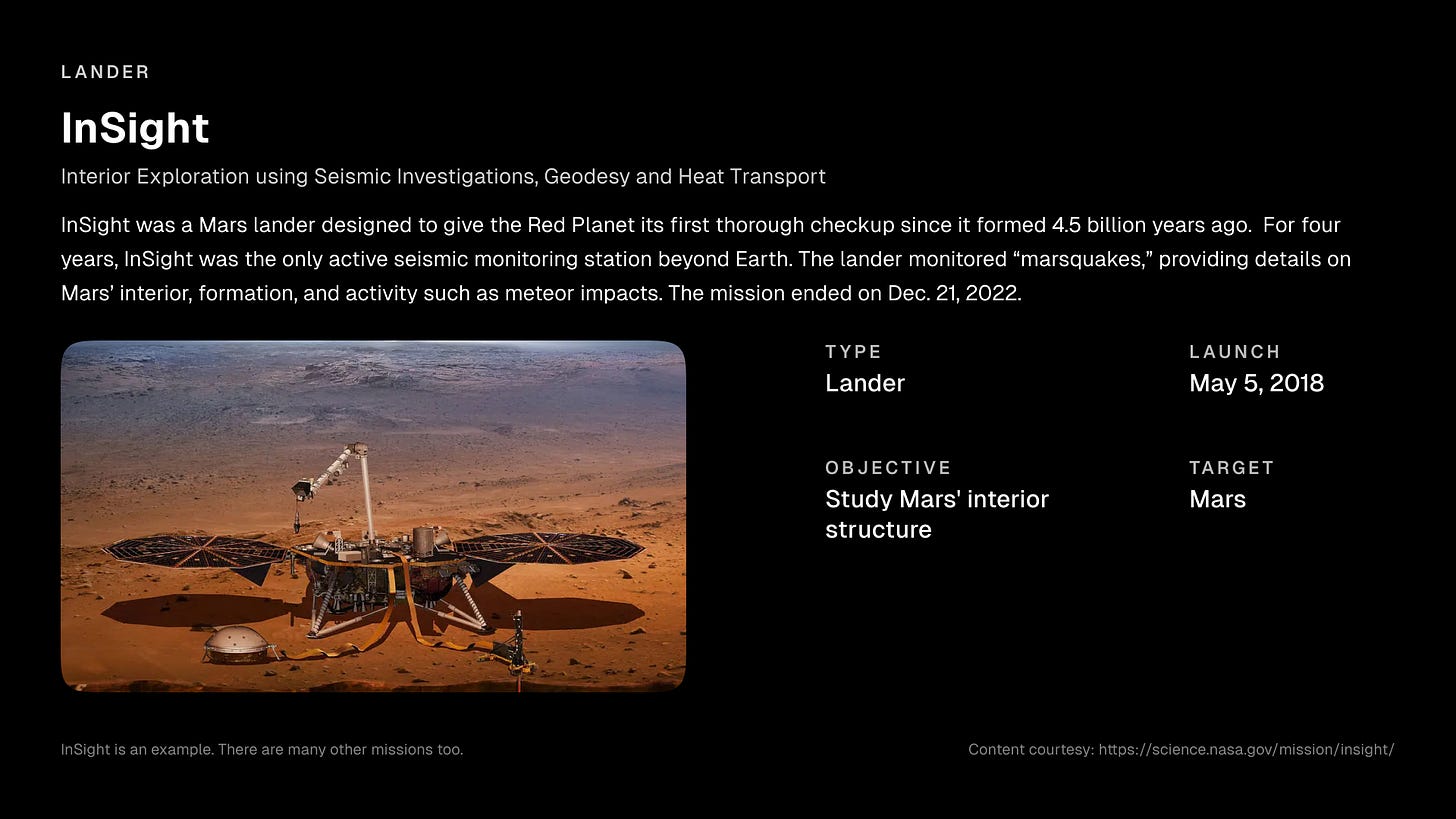
Landers are spacecraft that touch down on the surface of celestial bodies to conduct scientific research, take images, and analyze the environment. Equipped with scientific instruments, cameras, and sometimes a robotic arm, they study the surface, atmosphere, and local conditions. Powered by solar panels or nuclear energy, landers can operate in harsh environments for extended periods. Unlike rovers, landers are stationary, remaining in one location. Despite their limited mobility, landers provide important insights into the bodies they explore.
Rover
Unlike landers, rovers are mobile, allowing them to explore a wider area, conduct detailed scientific research and analysis, and provide a more comprehensive understanding of the celestial body they are exploring. Equipped with wheels or tracks, scientific instruments, and cameras, they study the geology, climate, and potential habitability of the body. Rovers can travel significant distances, collecting samples and conducting experiments along the way.
Sample Return
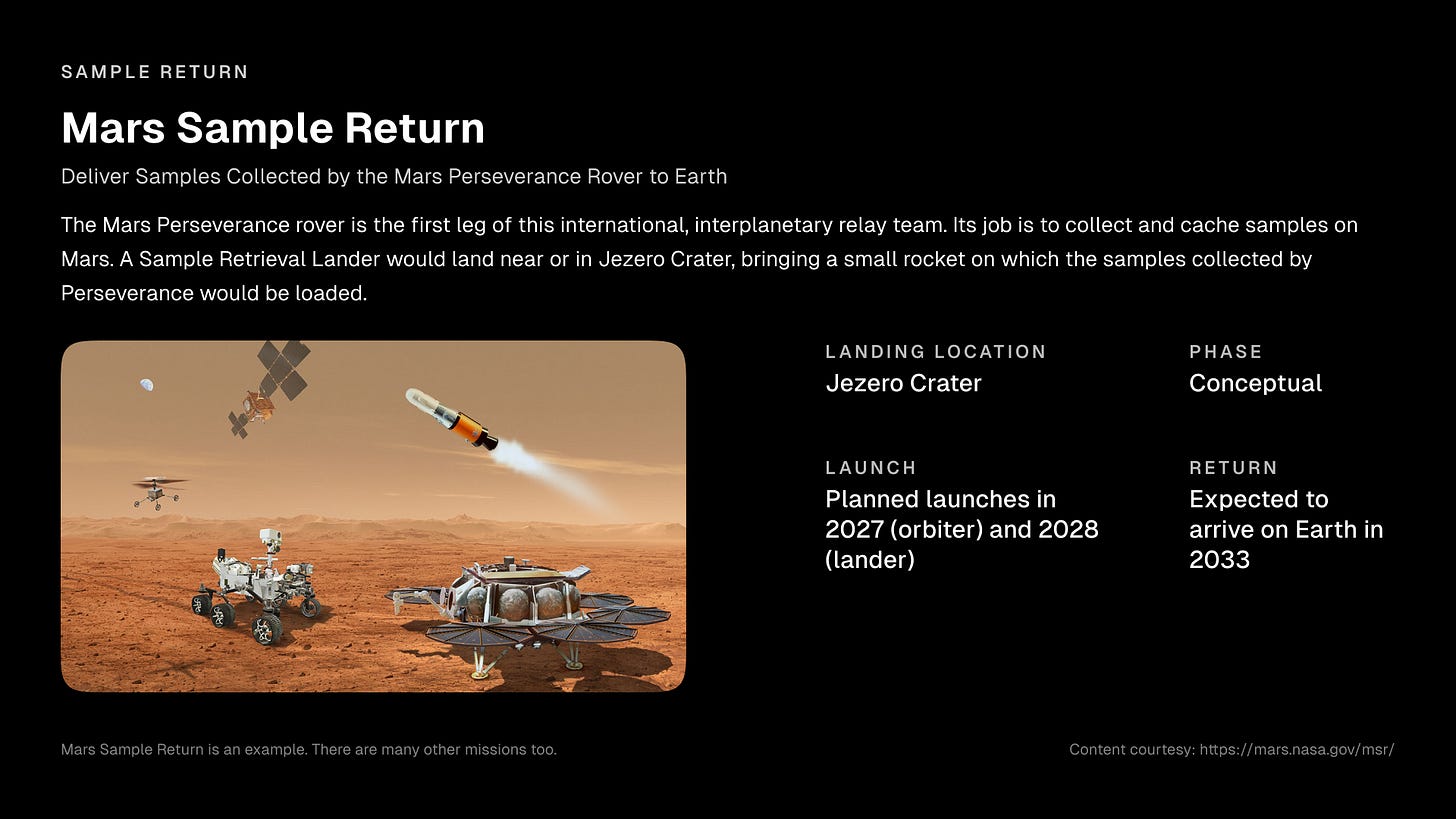
Sample return missions involve collecting samples (such as soil, rocks, or atmosphere) from a celestial body and returning them to Earth for detailed analysis. Sample return missions typically involve a lander or rover to collect the samples and a return vehicle to bring the samples back to Earth. The mobility of sample return missions varies depending on the specific design.
Helicopter & Rotorcraft
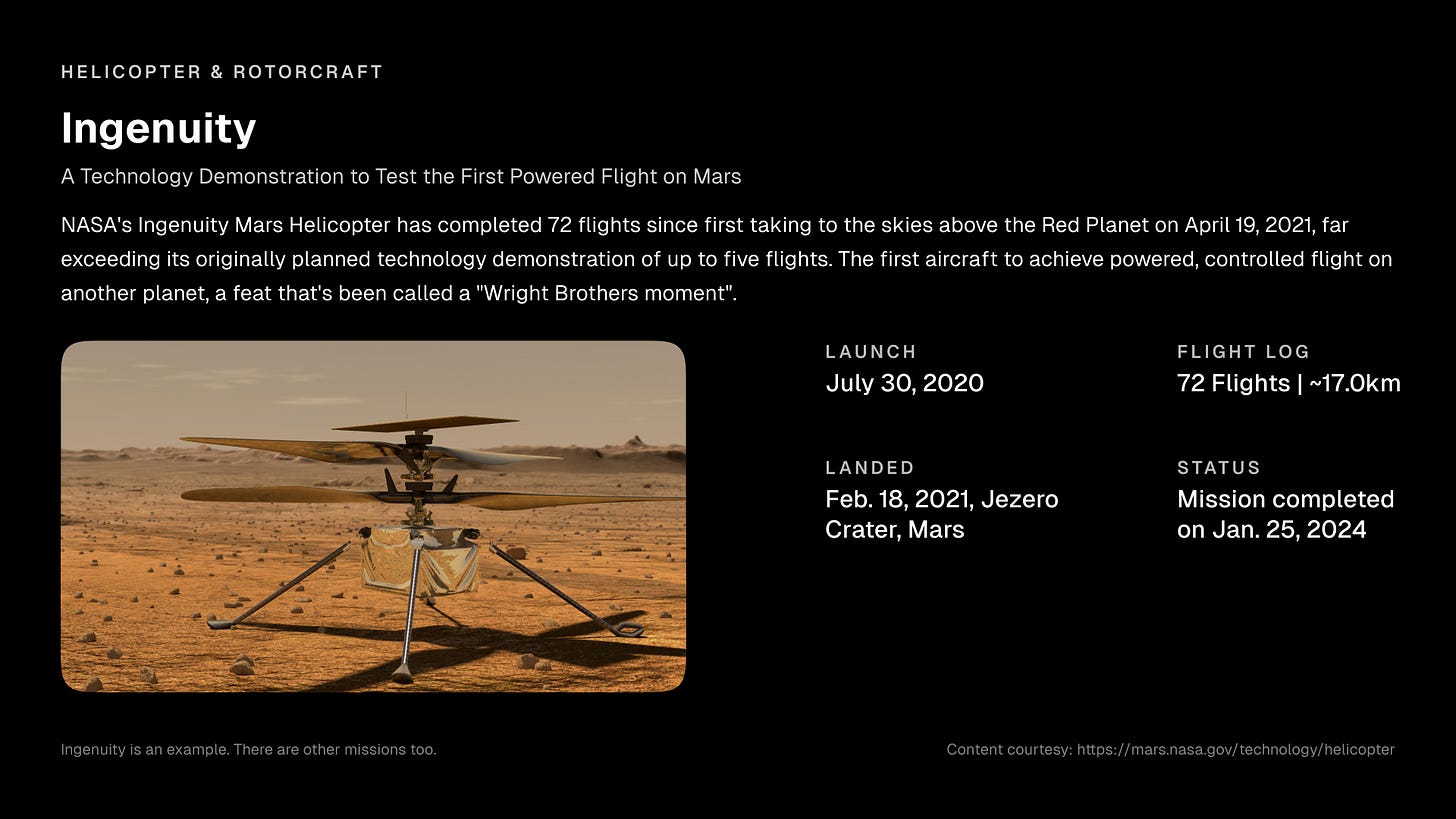
Helicopter and rotorcraft missions involve deploying aerial vehicles to fly in the atmosphere of celestial bodies. These are equipped with rotors, cameras, and sensors. These missions offer aerial mobility, allowing them to fly and maneuver in the celestial body's atmosphere and access areas that may be difficult to reach with ground-based vehicles. #ThanksIngenuity
Impact
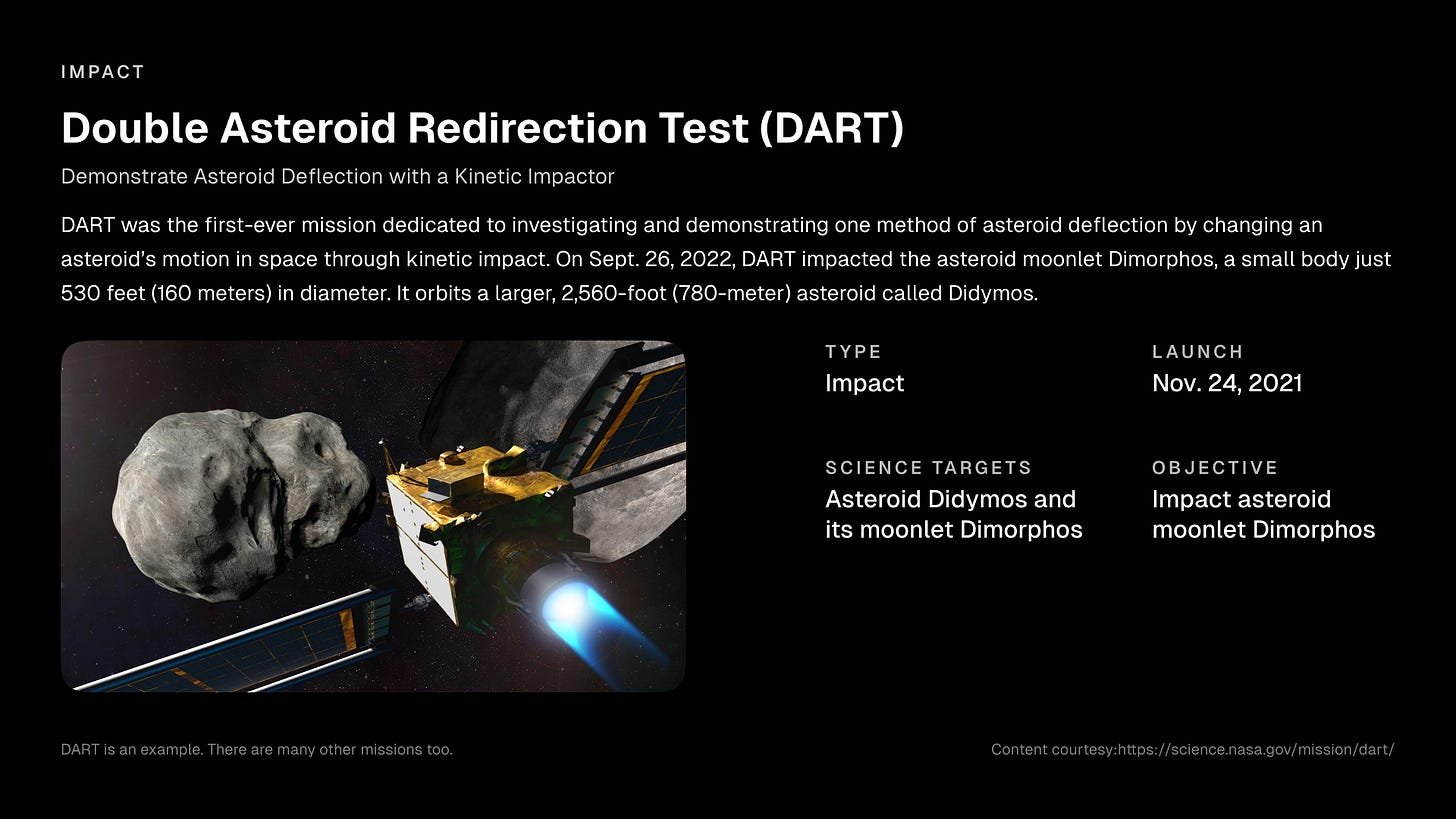
Impact missions involve intentionally crashing spacecraft into celestial bodies to study their composition and structure. The goal is to create a controlled collision and analyze the resulting impact crater and ejecta, providing insights into the body's subsurface. Impact missions are designed to withstand the collision and may include scientific instruments to study the debris and crater. Unlike other missions, impact missions do not involve mobility after the initial collision. Instead, the focus is on analyzing the data and information gathered from the collision and its aftermath. While impact missions may result in the destruction of the spacecraft, they provide valuable information about the celestial body and its internal structure.
Have you ever wondered how our journey into the stars started a century ago?
From the Wright brothers' first flight, then to the moon landing and beyond, it has been an incredible display of human innovation and determination!
We've continued to explore the cosmos with increasingly advanced spacecraft, achieving remarkable milestones like the Ingenuity helicopter on Mars!
Imagine what we will have accomplished a century from now - the possibilities are endless! It's too bad that we may not get the chance to witness all those moments.
Enjoy every space missions and accomplishments! Because every new discovery and achievement is a step forward in our understanding of the universe.
Credits
NASA/JPL-Caltech
NASA/JPL-Caltech/MSSS
NASA/JPL-Caltech/ASU/MSSS
NASA Video / Zoom into M16
NASA Video / When Huygens Met Titan
ESA-D. Ducros
InSight: Landing on Mars / Lockheed Martin
PIA25799: Front Left Hazcam – Two Year Movie / NASA/JPL-Caltech
NASA Mars Helicopter Ingenuity Animations / JPLraw
NASA's DART Mission to an Asteroid
SpaceX: Starship | Second Flight Test
One free stock footage by Pexels & Videezy


